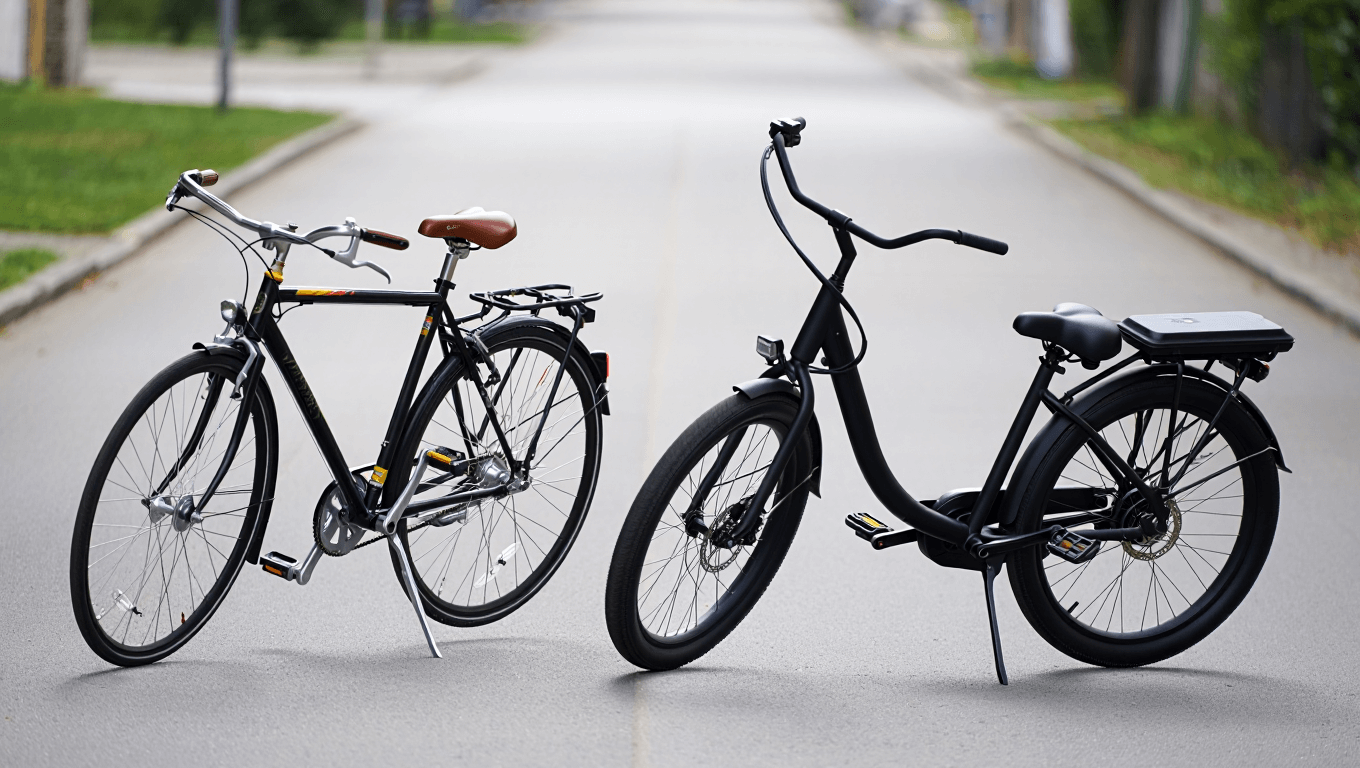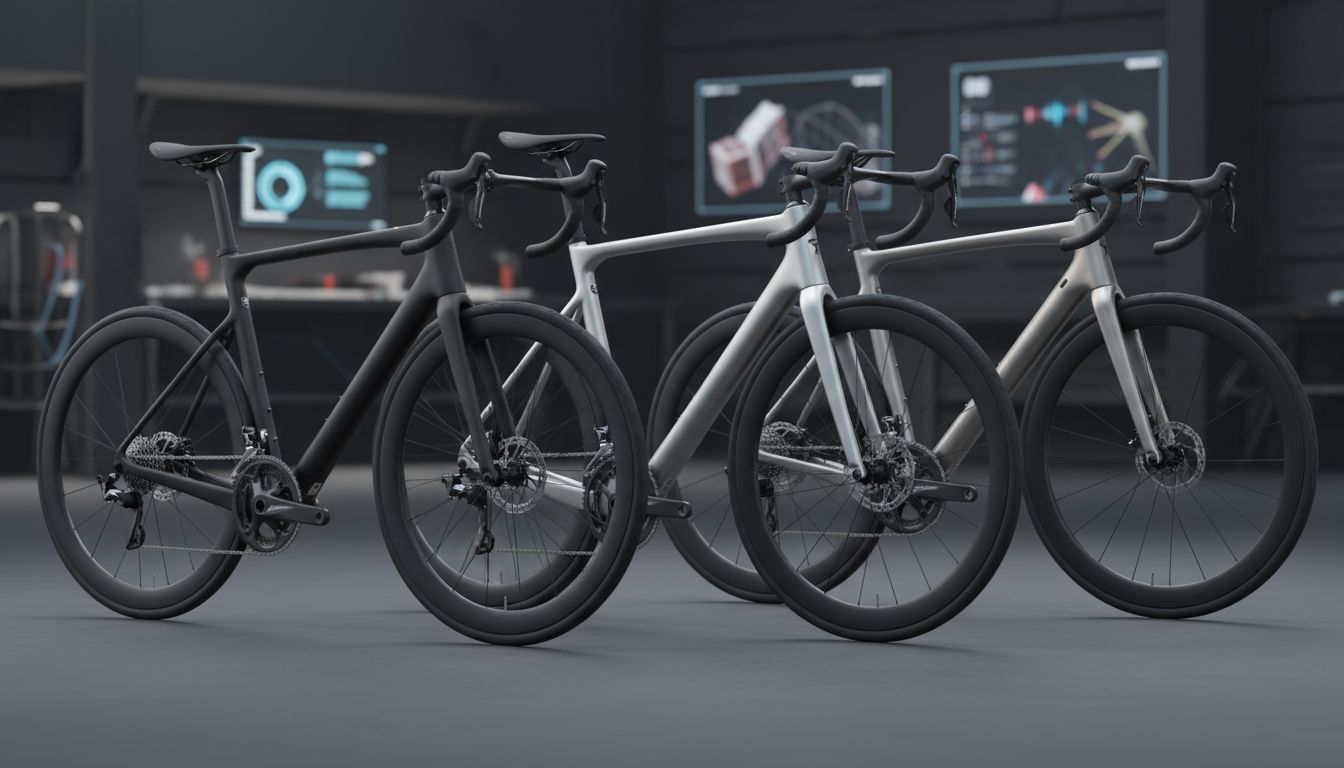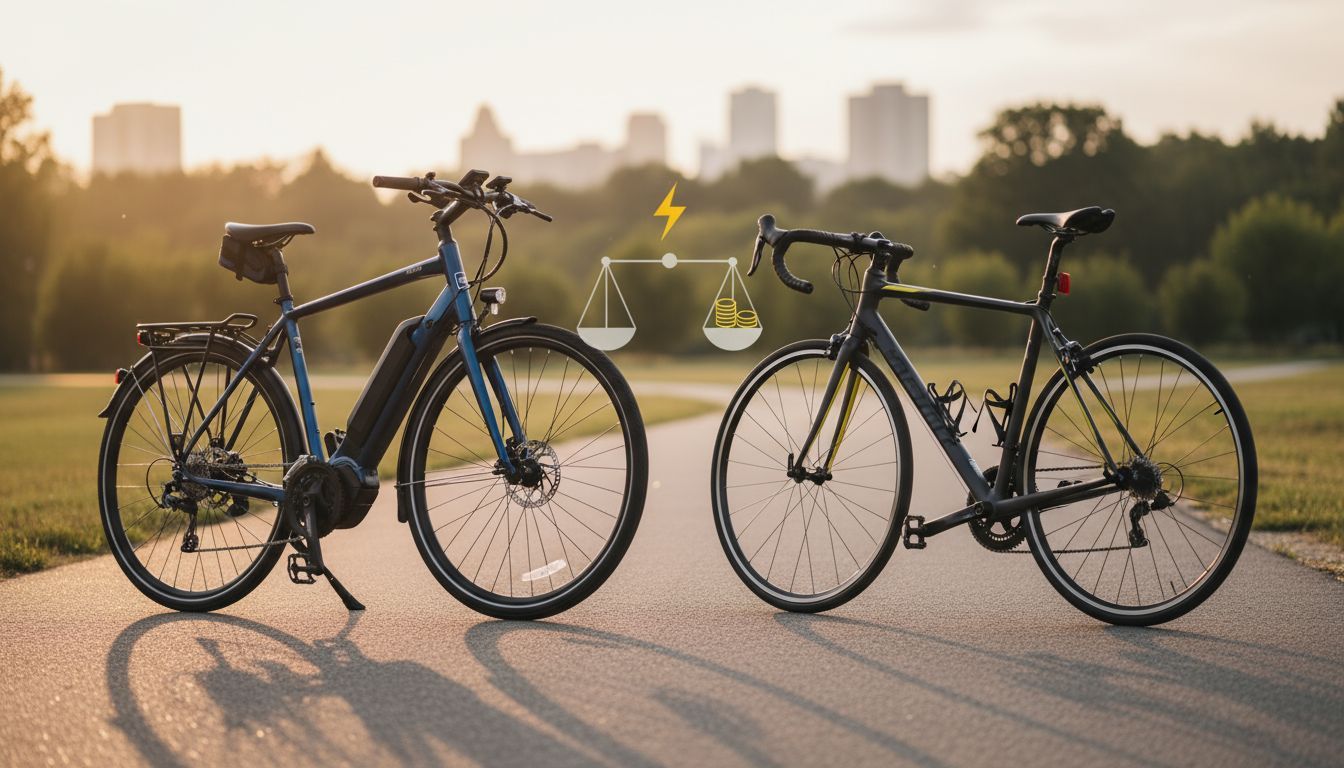
The age-old debate: E-Bike versus Traditional Bike. While the initial purchase price often dominates the discussion, a truly informed decision requires a deeper dive into the long-term cost implications. This article meticulously breaks down the expenses associated with both types of bicycles, considering factors beyond the sticker price to determine which offers the better value over time.
Initial Purchase Price: The Obvious Difference
The most noticeable difference between e-bikes and traditional bikes is, undoubtedly, the upfront cost. Generally, electric bikes command a higher initial investment compared to their non-electric counterparts. This is primarily due to the added technology: the electric motor, battery, control system, and reinforced frame necessary to handle the extra weight and power. Entry-level e-bikes can start around $1000, while high-end models can easily exceed $5000 or even $10,000. A comparable traditional bike, depending on components and build quality, might range from a few hundred dollars to several thousand. It’s important to compare similar quality levels when considering price. An expensive carbon fiber road bike will naturally be more costly than a basic e-bike.
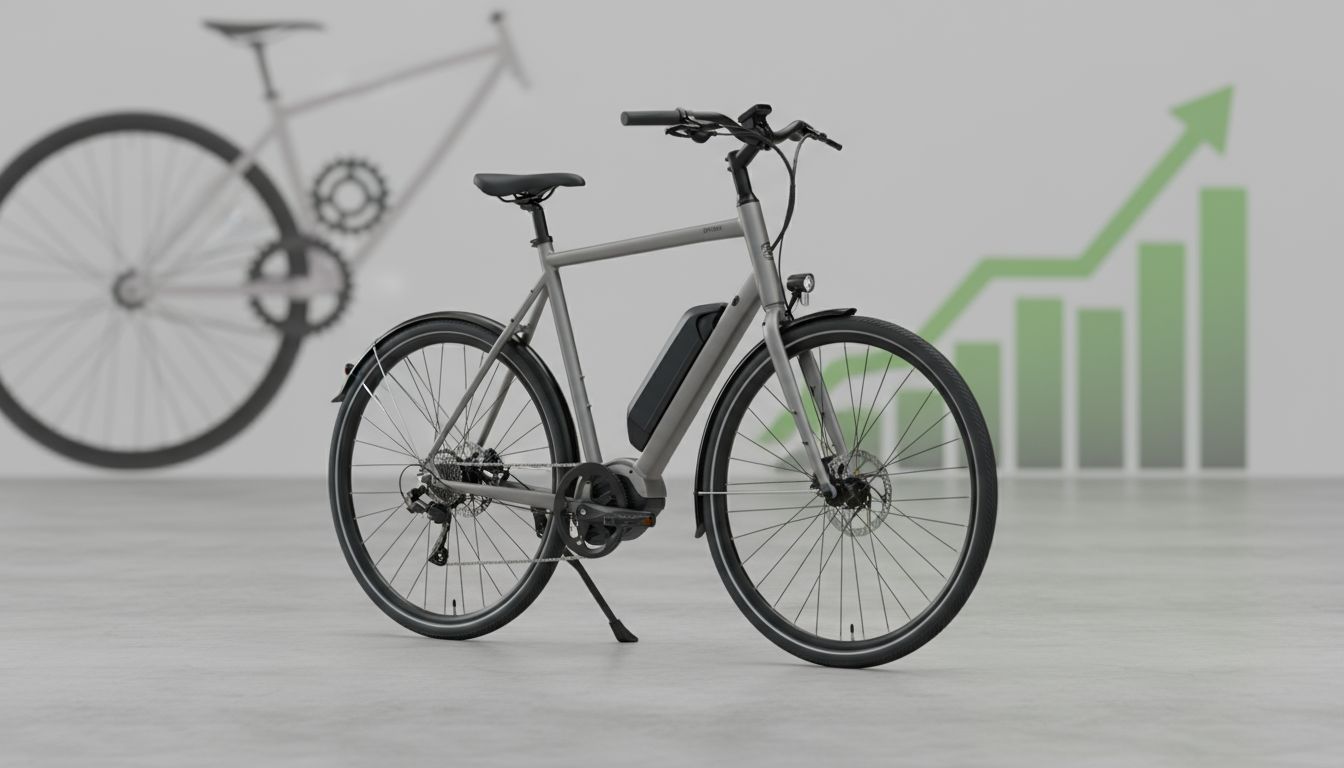
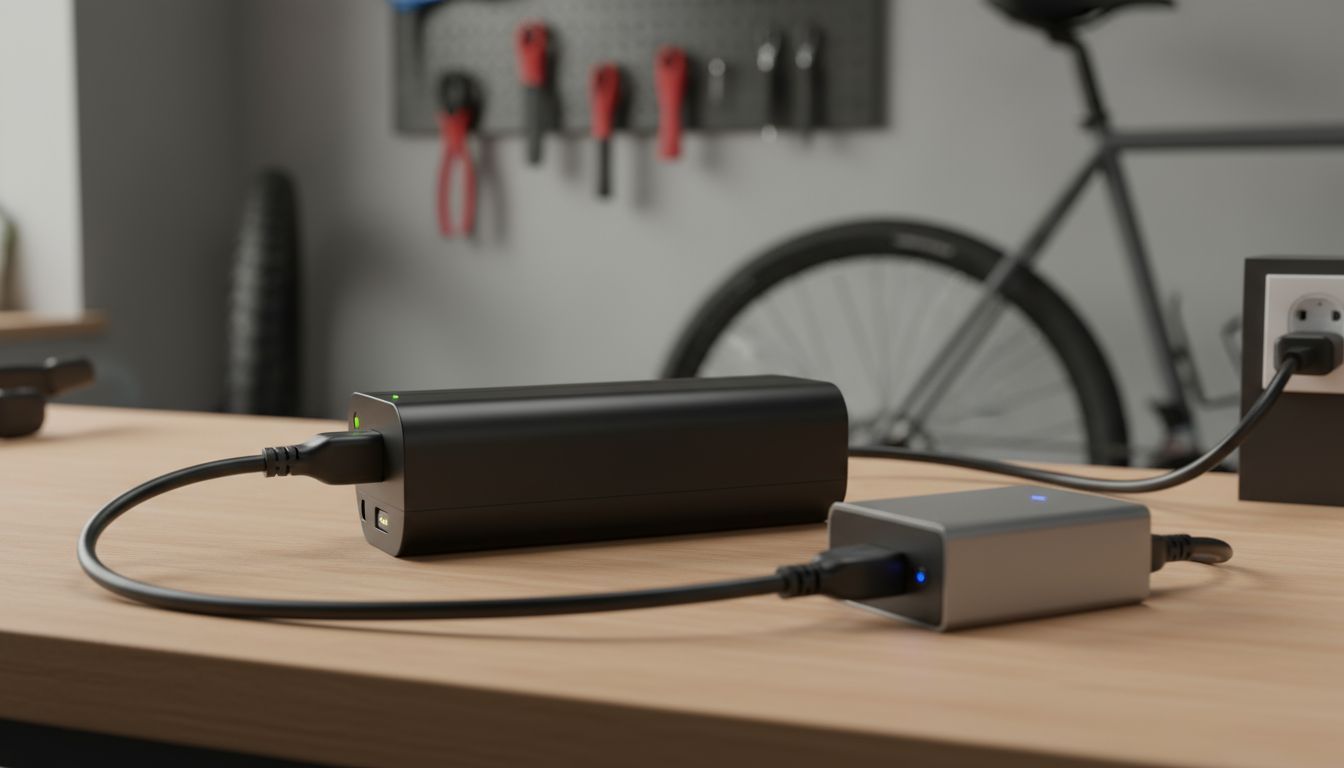
Maintenance Costs: A Detailed Breakdown
Traditional Bike Maintenance
Traditional bikes, while simpler in design, still require regular maintenance to ensure optimal performance and longevity. Common maintenance tasks include:
Tire Replacements: Tires wear out with use, requiring replacement every few months to years, depending on riding frequency and terrain. Brake Pads: Brake pads are a wear item and need replacing as they thin out. Chain and Cassette: These components experience significant wear due to friction and require periodic replacement. Cable Replacements: Gear and brake cables can stretch and fray, impacting shifting and braking performance. Tune-Ups: Annual or bi-annual tune-ups are recommended to keep all components properly adjusted and lubricated.
The cost of these maintenance items can vary depending on the quality of components and whether you perform the maintenance yourself or hire a professional mechanic. DIY maintenance can save money but requires tools and knowledge.
E-Bike Maintenance: A Different Ballgame
E-bikes inherit all the maintenance requirements of a traditional bike, plus additional considerations related to the electric components:
Battery Replacement: E-bike batteries have a finite lifespan, typically measured in charge cycles. Eventually, the battery will need replacing, which can be a significant expense (hundreds to thousands of dollars). Battery lifespan is affected by usage patterns, storage conditions, and charging practices. Motor Maintenance: While electric motors are generally reliable, they can require servicing or replacement over time. Control System Issues: The electronic control system, including the display and sensors, can occasionally experience malfunctions that require repair or replacement. Software Updates: Some e-bikes require software updates to optimize performance or address bugs.
E-bike maintenance is often more complex and may require specialized tools and expertise. This often translates to higher labor costs when performed by a professional mechanic. Ignoring minor issues on an e-bike can lead to more significant and costly problems down the road.
Fuel/Electricity Costs: The Energy Equation
Traditional Bike: Human Power Only
The beauty of a traditional bike lies in its reliance on human power. There are no fuel or electricity costs associated with riding a traditional bike, aside from the energy you consume through food. This makes it a very economical mode of transportation in terms of direct energy expenses.
E-Bike: Charging Up
E-bikes require electricity to recharge the battery. The cost of electricity will vary depending on your location and electricity rates. However, even with relatively high electricity prices, the cost of charging an e-bike is typically very low compared to the cost of gasoline for a car or motorcycle. For example, a full charge might only cost a few cents or a dollar, providing a significant range of assisted riding. The cost per mile is significantly lower than driving a car. This is a major advantage of e-bikes for commuting and errands.
Component Lifespan and Replacement
The lifespan of components on both e-bikes and traditional bikes is influenced by factors such as usage frequency, riding conditions, and component quality. Higher-quality components generally last longer but come with a higher initial cost. Regular maintenance can also significantly extend the lifespan of components. For traditional bikes, chains, cassettes, and tires are common replacement items. For e-bikes, in addition to these, the battery is a crucial component with a limited lifespan.
Health Benefits and External Costs/Savings
Both e-bikes and traditional bikes offer significant health benefits, including improved cardiovascular health, increased fitness, and reduced stress. These health benefits can translate to lower healthcare costs in the long run. Additionally, using a bike instead of a car can reduce traffic congestion, air pollution, and greenhouse gas emissions, contributing to broader societal benefits. E-bikes, by making cycling more accessible to a wider range of individuals, can amplify these benefits.
Consider also the cost of car ownership: insurance, registration, parking, and fuel. Replacing even a portion of car trips with cycling can lead to substantial savings in these areas.
Resale Value: A Factor to Consider
The resale value of both e-bikes and traditional bikes can vary depending on the brand, model, condition, and market demand. Generally, well-maintained bikes from reputable brands hold their value better. E-bikes, due to their higher initial cost, often have a higher resale value than traditional bikes, but this is also influenced by the battery's condition and remaining lifespan. As e-bike technology evolves rapidly, older models may depreciate more quickly. Researching resale values before purchasing can help inform your decision.
Insurance and Security
While not always mandatory, insuring your bicycle, especially an e-bike, is a good idea to protect against theft or damage. E-bikes, with their higher value, are often more attractive targets for thieves. The cost of insurance will vary depending on the coverage level and the value of the bike. Investing in a high-quality lock and practicing secure storage habits are also crucial to prevent theft. These security measures represent an additional cost that should be factored into the overall equation.
Long-Term Cost Analysis: Scenarios and Considerations
To truly determine which type of bike is more cost-effective, let's consider a few scenarios:
Scenario 1: Occasional Recreational Rider: For someone who rides only occasionally for recreation, a traditional bike is likely the more cost-effective option. The lower initial cost and reduced maintenance requirements outweigh the benefits of an e-bike. Scenario 2: Daily Commuter (Short Distance): An e-bike can be a very cost-effective option for daily commuting over short distances. The reduced need for a car, coupled with lower fuel/electricity costs, can quickly offset the higher initial price. Scenario 3: Frequent Long-Distance Rider: For frequent long-distance riders, the choice is more nuanced. A high-quality traditional bike may be more durable and require less specialized maintenance. However, an e-bike can extend riding range and make challenging terrain more accessible. Battery replacement costs become a significant factor in this scenario. Scenario 4: Rider with Physical Limitations: For individuals with physical limitations, an e-bike can provide the assistance needed to enjoy cycling, making it a worthwhile investment regardless of the strict cost analysis.
Conclusion
Determining whether an e-bike or a traditional bike is more cost-effective in the long run is a complex equation with many variables. While traditional bikes offer a lower initial price and simpler maintenance, e-bikes can provide significant benefits in terms of reduced fuel/electricity costs, extended range, and accessibility. The ideal choice depends on individual riding habits, needs, and preferences. Carefully considering all the factors outlined in this article will empower you to make an informed decision that aligns with your budget and cycling goals. For those seeking a cost-effective solution for short commutes or assistance with challenging terrain, an e-bike often proves to be the superior choice. However, for occasional recreational riders, a traditional bike remains a viable and economical option. Ultimately, the best bike is the one you ride most often!
